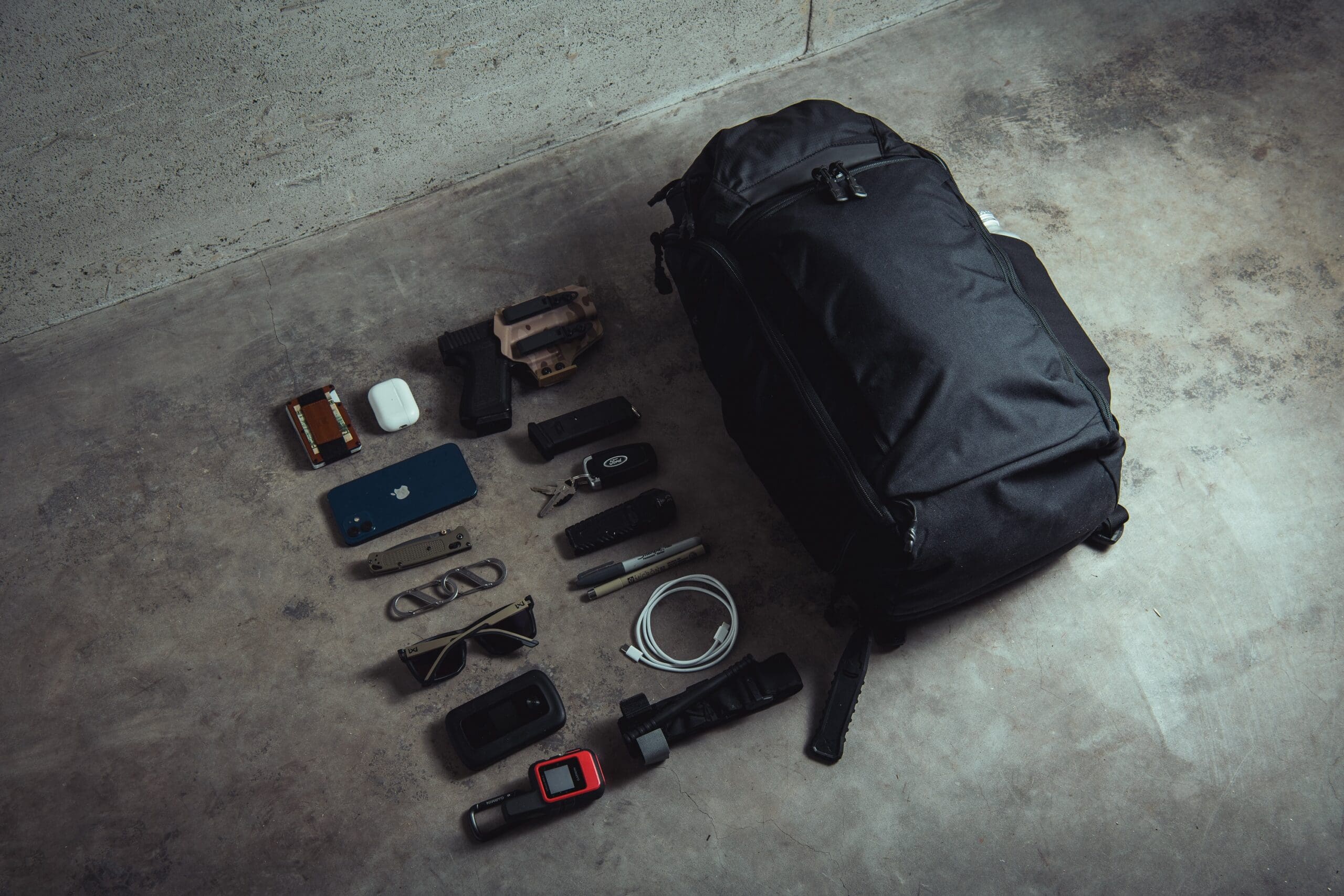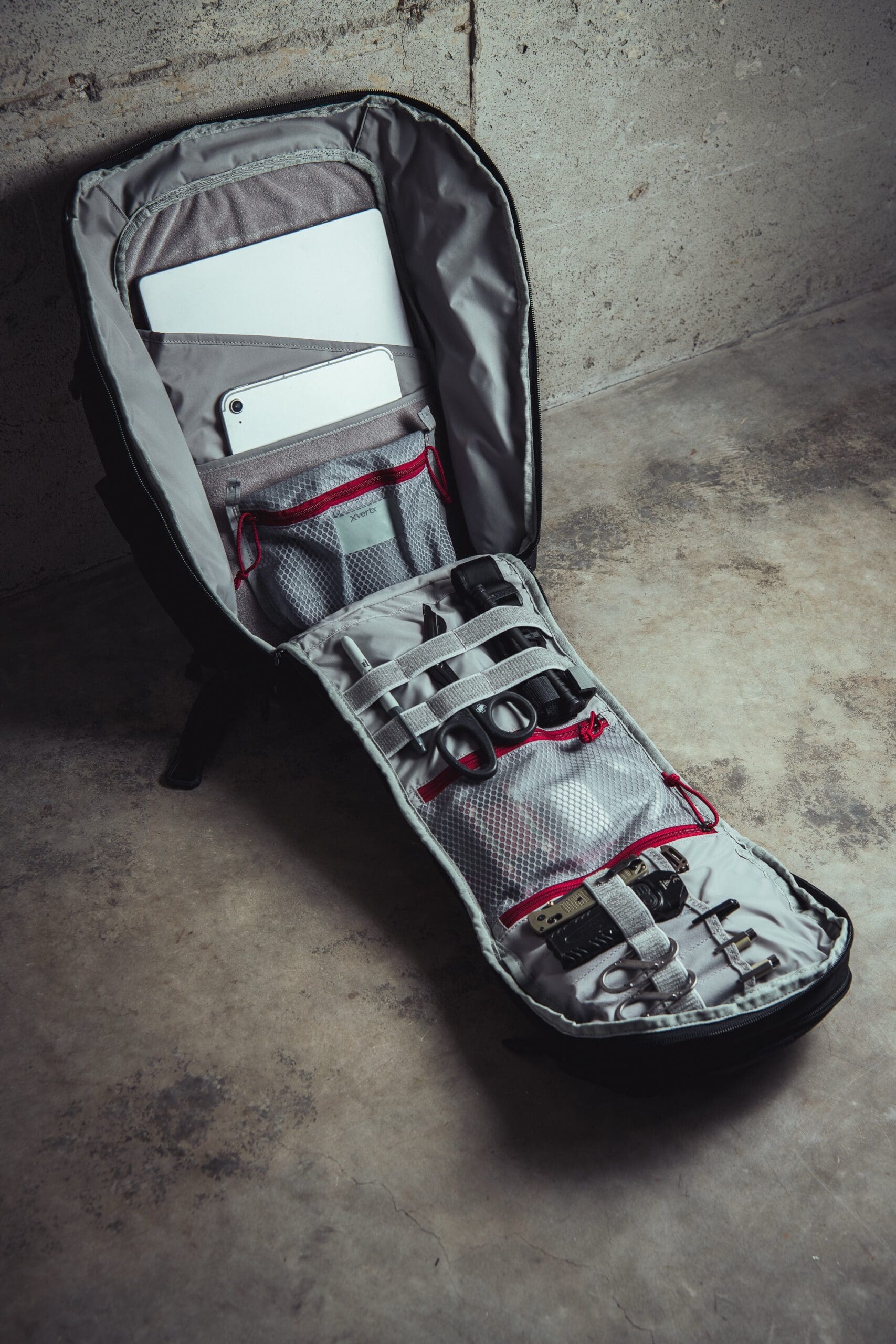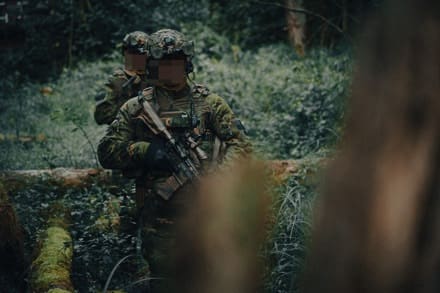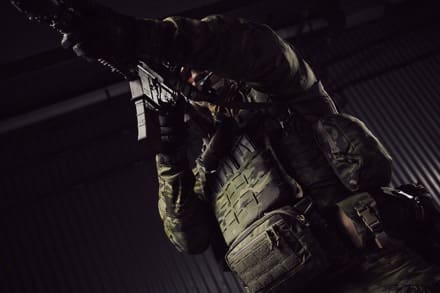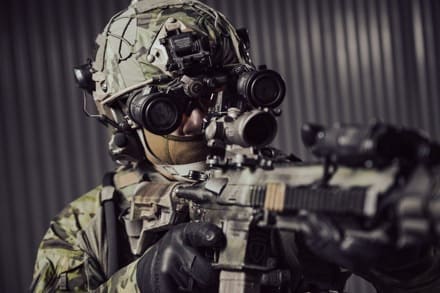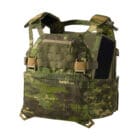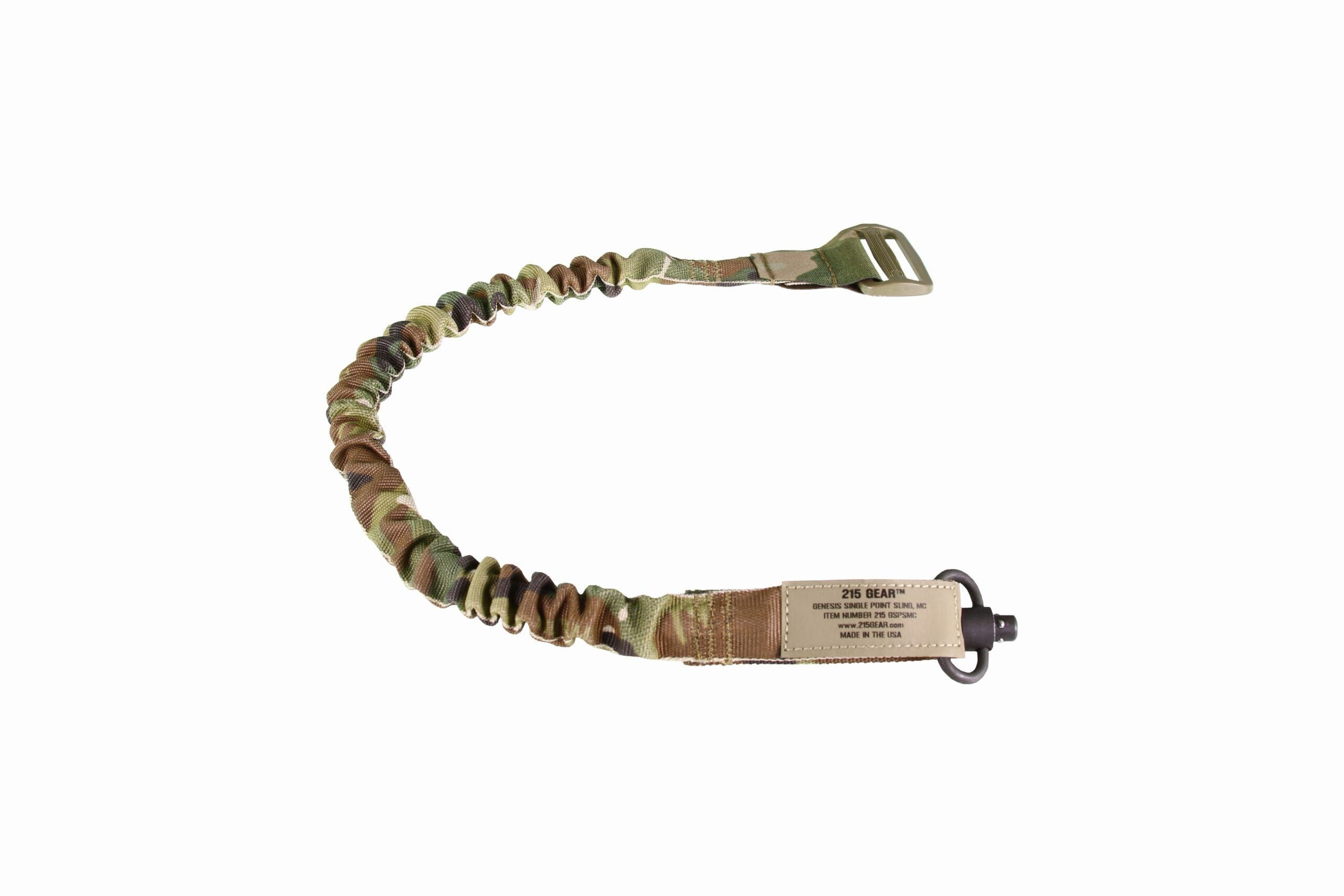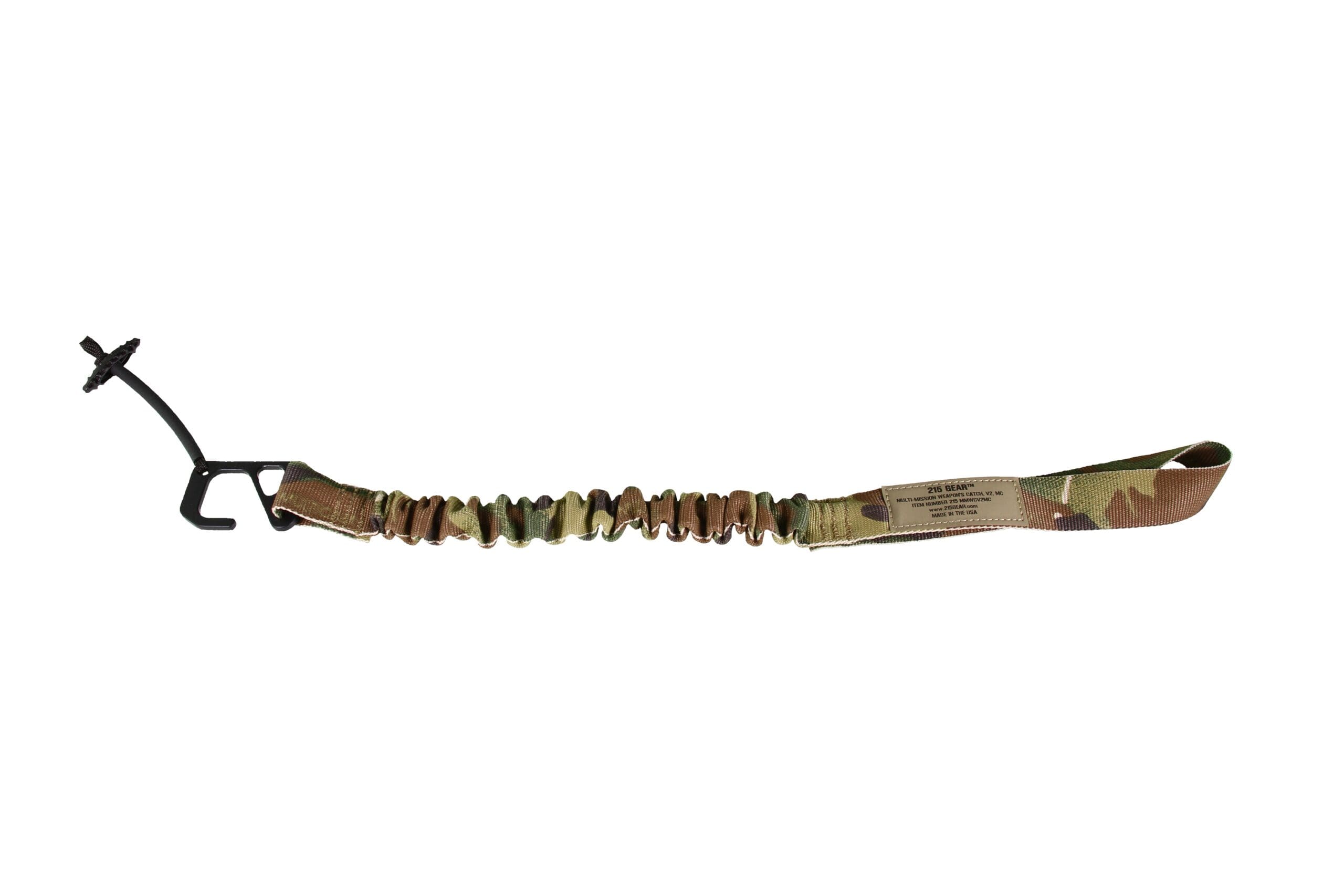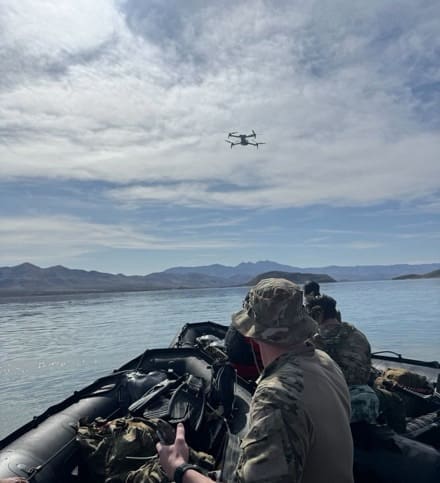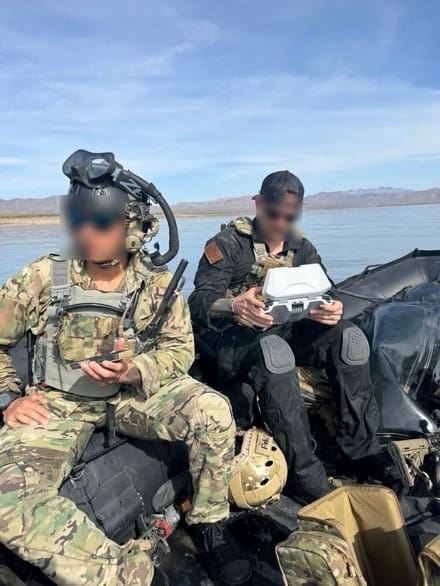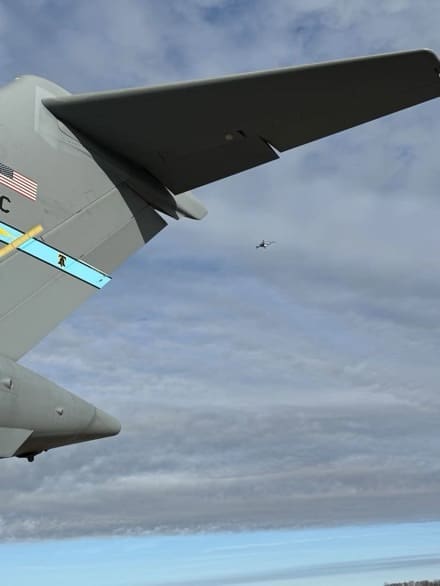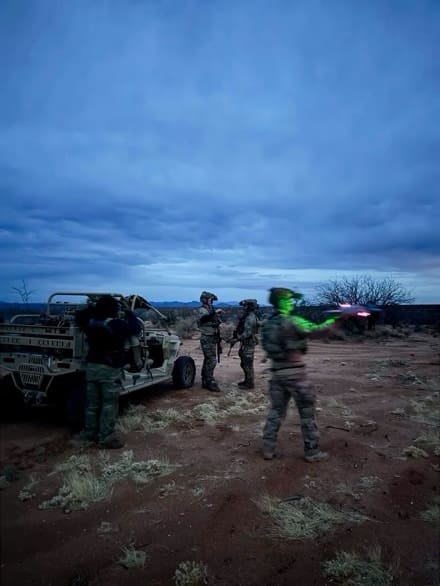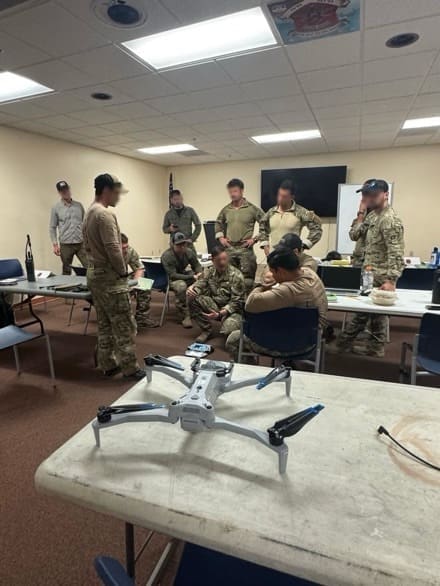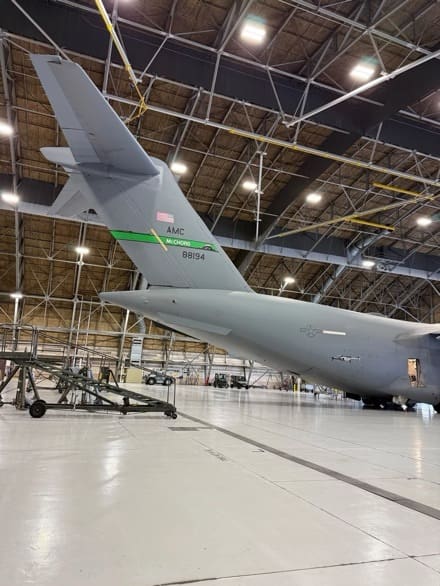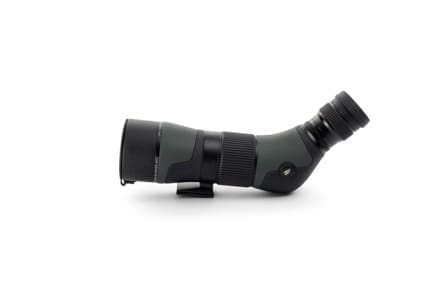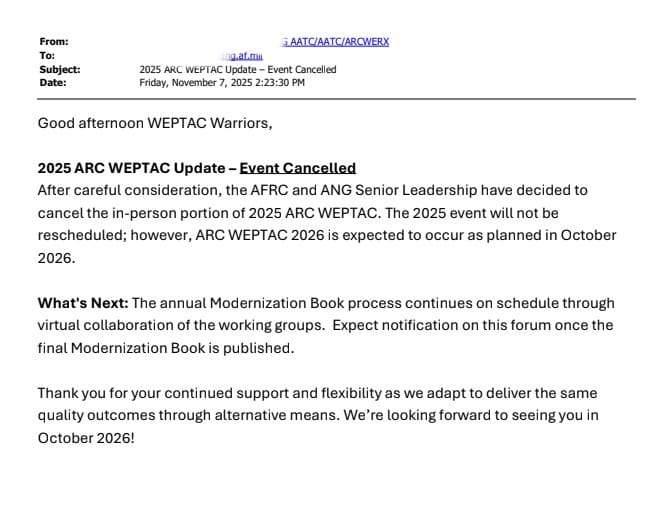The ballistic shield was conceived after a consultation in which tactical operators described repeated challenges associated with traditional shields: difficulty moving inside buses, trains or narrow hallways, limited ability to climb while protected, and exposure when breaking windows or entering vehicles. N.O.C.S required a shield that could travel everywhere they could; up staircases, through tight door-frames, across vehicle interiors and into elevated access points, without sacrificing protection. This request shaped the first design brief for NOX.
The shield’s small footprint allows it to be carried with one arm or worn on the shoulder or back, giving full mobility in confined environments. A dedicated handgun rest allows accurate fire from behind cover and its tungsten glass-breaking spikes provide rapid access to vehicles and building interiors, capabilities tested extensively by the N.O.C.S. team.
“Our missions often require rapid access through vehicles or elevated windows where conventional shields simply do not fit. At those moments, an operator was exposed the instant he appeared at the threshold. With this shield, we will have protection during those crucial seconds. It gives us speed, control, and safety under conditions where every movement matters.”
– N.O.C.S. leadership

Throughout development, the unit provided hands-on feedback that influenced every detail, from the ergonomics of the padding to the geometry of the handles for gloved use, ultimately leading to a refined and certified second version.
“NOX is the result of genuine cooperation, where a field requirement became a tangible solution. The operators told us exactly where existing shields limited them and by working together, we produced a shield that maintains ballistic protection while allowing full mobility. NOX is small, fast, practical, and built for the realities of close-quarters operations.”
– Bianca Revello, Area Manager at Integers
NOX is available in NIJ IIIA configuration and up to Level III+ (7.62×39 MSC), with optional lighting, patches, and accessories. Despite its compact size, it integrates seamlessly with larger column shields during coordinated entry, providing protection in the tight interior spaces that follow.
NOX is a part of the “Design Your Own Shield”program where Integris allows tactical units to customise ballistic shields to their exact mission needs; shape, handles, weight targets, protection level and accessories. With 3D ergonomic samples and prototype hardware for testing, teams can validate handling before production and receive a shield built for their environment and specific needs.
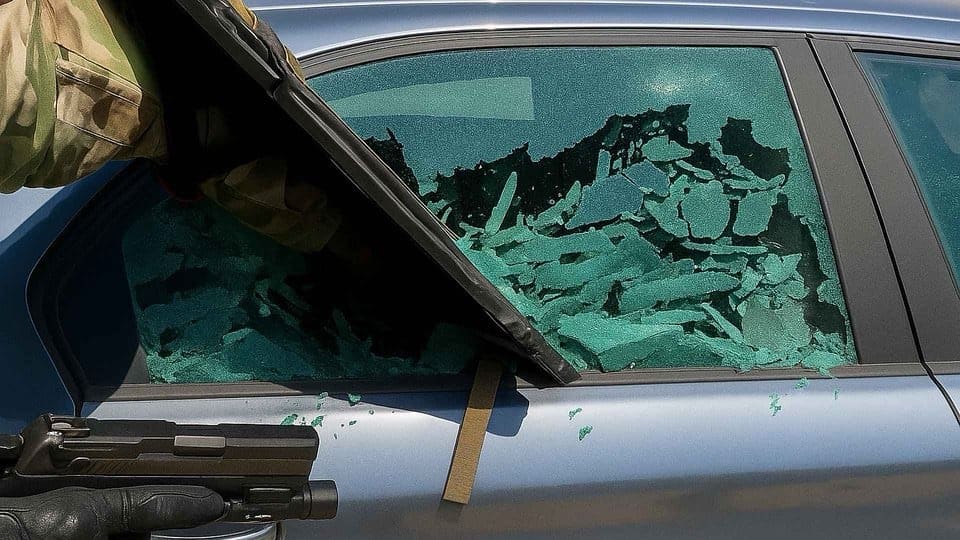
N.O.C.S operator breaking car glass with the NOX shield.
For more information about our ballistic shields: integriscomposites.com/personalprotection/ballistic-shields



